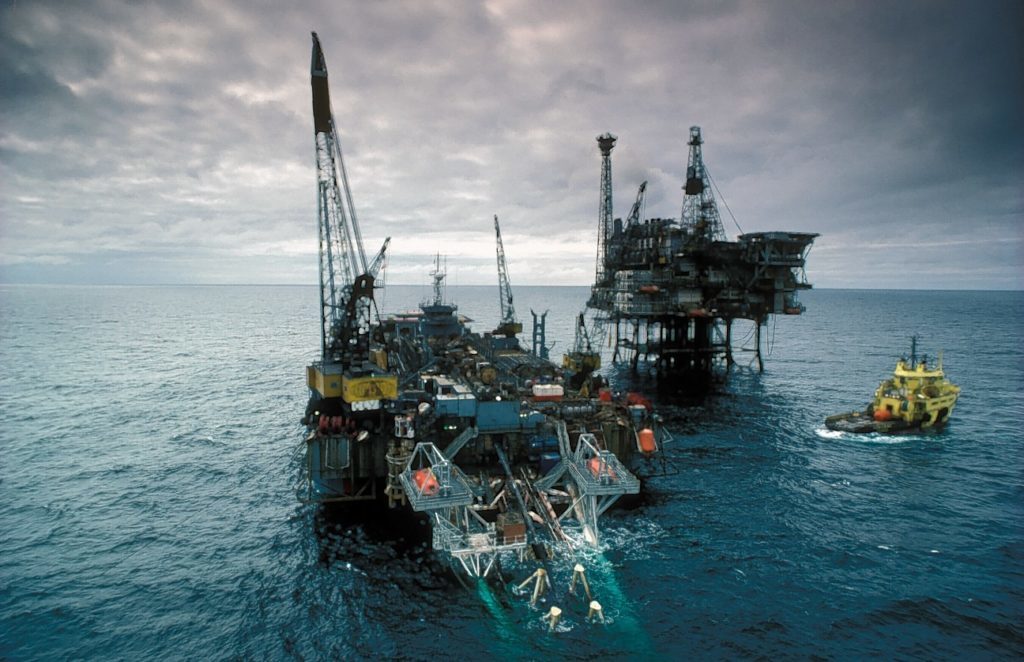
Subsea tie-backs will be the most common development solution in the North Sea until 2023, according to new research,
Analysts GlobalData estimate that of the 63 oil and gas fields being brought to production in that period in the UK, Denmark, Norway and the Netherlands, 34 will be subsea tie-backs.
The Gulf of Mexico has a higher rate of tie-backs at 23 out of 30 until 2023.
From total estimated spending of £53.9billion on North Sea projects, almost £11billion will be spent on tie-backs.
GlobalData estimates the trend could be due to fewer large discoveries in the region.
By 2023, GlobalData said that planned and announced fields in the North Sea are expected to contribute 1.6million barrels of oil equivalent per day, with 500,000 barrels expected to come from tie-back projects.
That represents an average development net present value per barrel of nearly US $6.
The North Sea has a higher Internal Rate of Return (IRR) of 45% for subsea developments than the Gulf of Mexico at 32%.
IRR is a means of estimating the profitability of potential investments.
Luis Pereira, oil and gas analyst at GlobalData, said: “Tie-back developments become ideal solutions for operators looking to maintain the short to medium term production outlook, providing a quicker return-to-investment when compared to larger stand-alone developments.
“Average payback time is less than six years, the shortest time for all development type solutions.
“The rise of the number of subsea tie-backs projects in the North Sea is perhaps also due to the few large discoveries been made in the region, as is also the trend in the US GoM.
“These types of developments become an attractive solution for operators looking to fill the mid-term production outlook gaps with lower capital risks.”
Recommended for you

